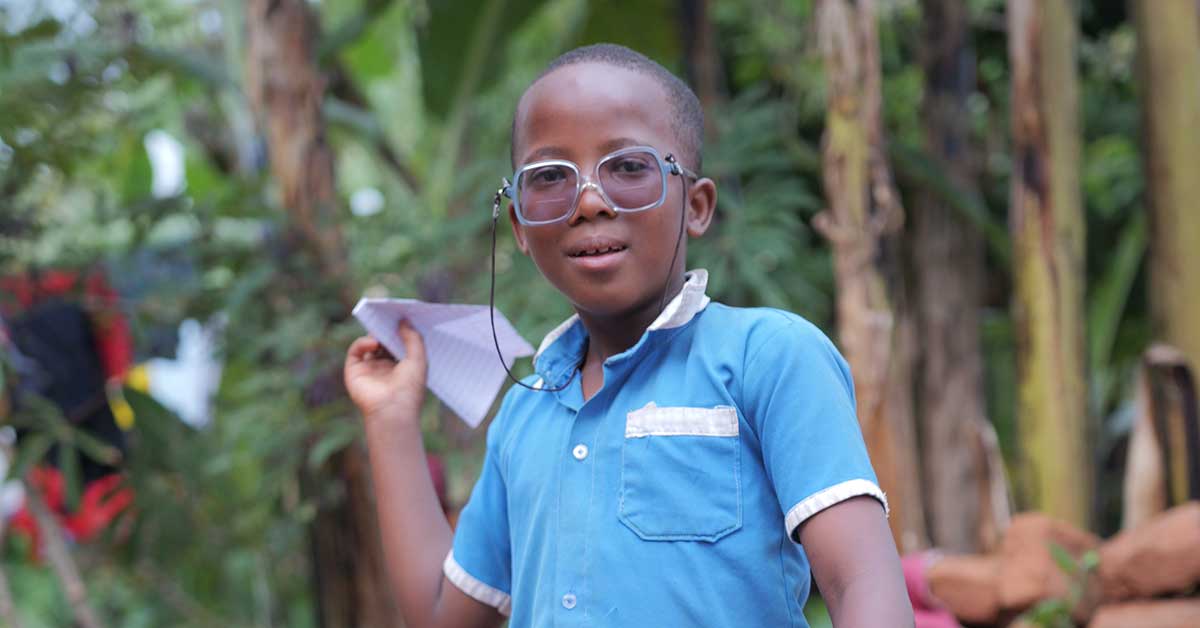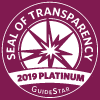
Last month, the Seva Foundation and The International Agency for the Prevention of Blindness released a groundbreaking report revealing a striking truth:
Children with vision loss learn at half the rate of those with good or corrected vision. Put another way – every year, 6.3 million school years are lost due to uncorrected vision, amounting to $173 billion in future earnings each year. Imagine the impact if those kids could simply see the board. What innovations would emerge? What challenges could these young minds overcome?
Continue reading







